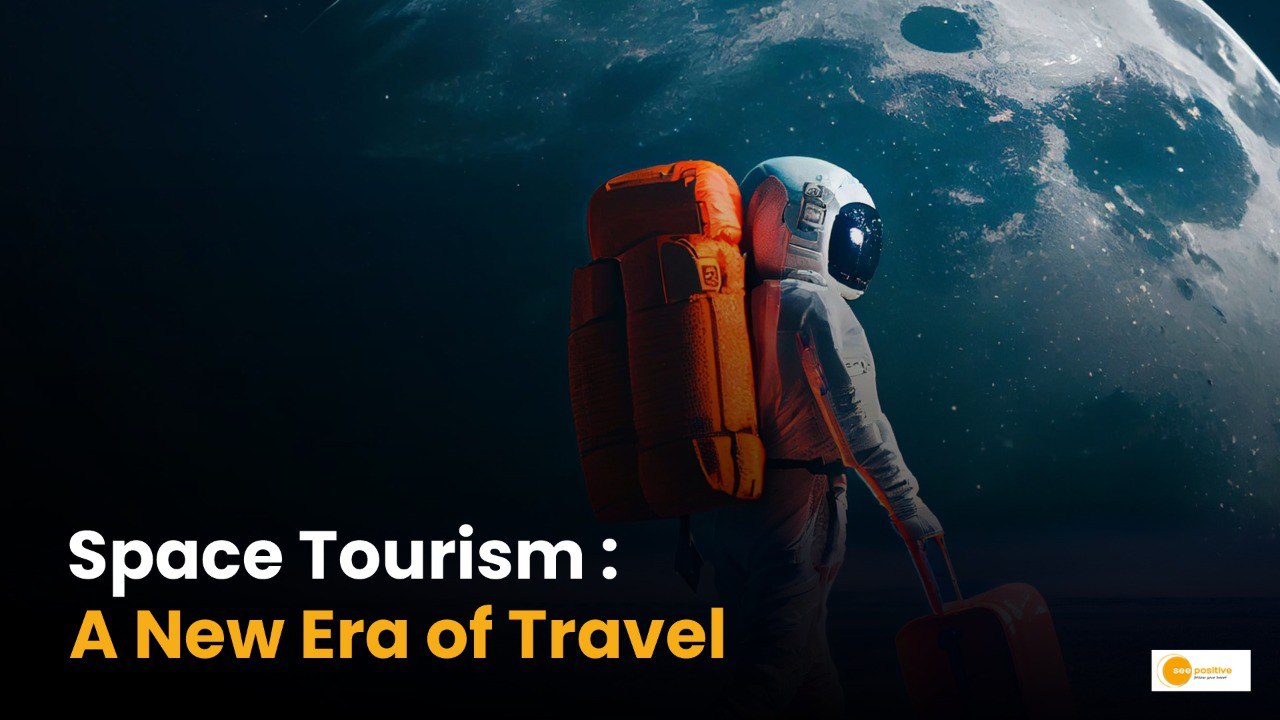For centuries, space travel was a distant dream — a canvas for scientists, dreamers, and science fiction. But today, it’s inching ever closer to becoming a vacation destination. Space tourism is no longer a fantasy. Space travel is an emerging reality. It is fueled by rapid technological advancement, billion-dollar investments, and visionary ambition. So, what does the future of space tourism look like — and who’s really leading the charge?
A Billionaire-Fueled Space Race
Private space companies like SpaceX, Blue Origin, and Virgin Galactic have turned the page on the era when space was the exclusive domain of government agencies like NASA or Roscosmos.
Elon Musk, the enigmatic founder of SpaceX, isn’t just launching rockets — he’s launching dreams. Musk’s vision is nothing short of revolutionary: to colonize Mars and make humanity a multiplanetary species. But on the way to Mars, he plans to make space accessible to tourists.
“I want to die on Mars, just not on impact,” Musk once quipped — a perfect snapshot of his blend of audacity and ambition.
In 2021, SpaceX’s Inspiration4 mission made history by sending the first all-civilian crew into orbit. No professional astronauts. Just regular (very wealthy) people. It was a proof of concept — and a signal: the age of space tourism had officially begun.
What Will Space Tourism Actually Look Like?
While today’s spaceflights are limited, short, and ultra-expensive (think millions per seat), the experience is unmatched:
- Zero-gravity floating
- Spectacular views of Earth’s curvature
- Life-changing perspective shifts, described as the “Overview Effect”
Over time, innovators hope to reduce costs and expand the experience. Companies are exploring reusable rocket technology, lighter spacecraft, and AI-driven navigation to bring down costs and increase safety.
What’s Next? The 2030s and Beyond
Here’s what experts and entrepreneurs predict in the near-to-mid future:
- Commercial spaceports popping up globally
- Suborbital flights becoming as common as business-class air travel
- Moon tourism packages by the 2040s
- Martian settlement projects launching within 20–30 years
SpaceX is already developing the Starship, a fully reusable spacecraft designed for both long-duration space travel and lunar missions — with plans to carry both cargo and civilians.
Meanwhile, partnerships are emerging between private companies and space agencies, blending innovation with regulatory safety nets.
Final Thoughts: The Sky Is No Longer the Limit
Space tourism is more than a billionaire’s playground. It’s a bold new industry — one that may reshape how we think about travel, borders, and our place in the universe.
And with Elon Musk pushing the boundaries of what’s possible, the day might not be far when boarding a spacecraft feels no more extraordinary than catching an international flight.
As we peer upward into the stars, the message is clear: the final frontier is opening up. And this time, it’s not just for astronauts — it’s for all of us.


